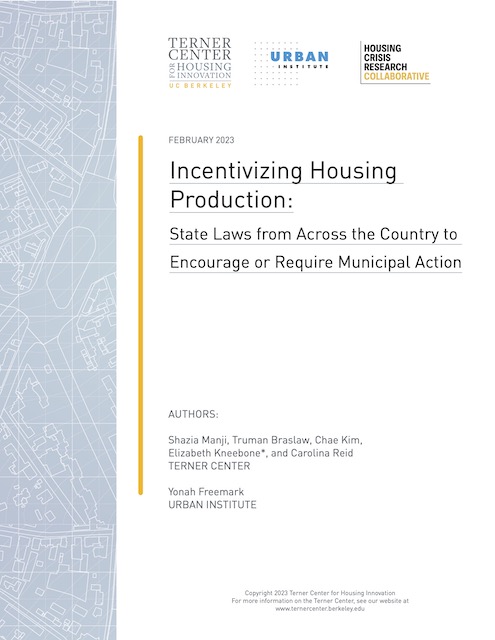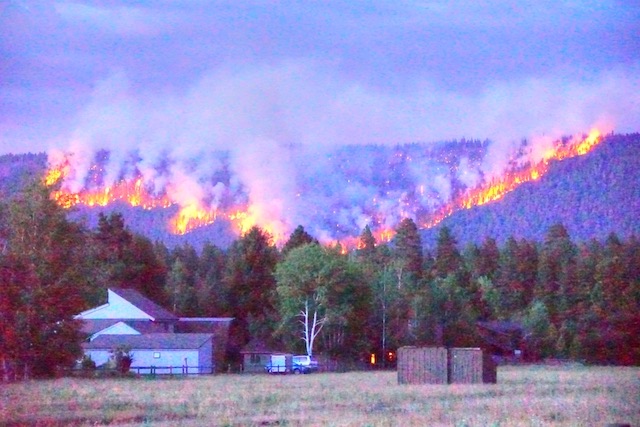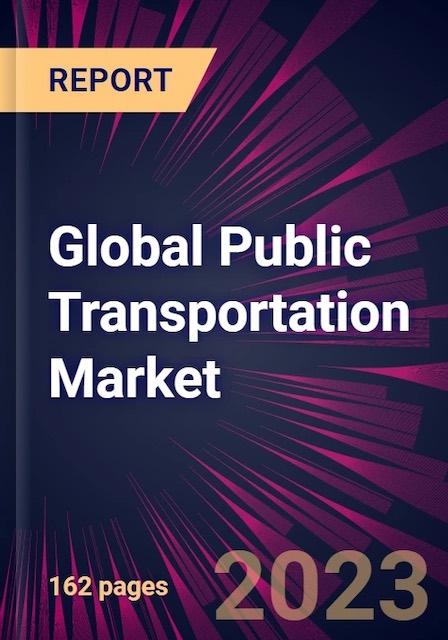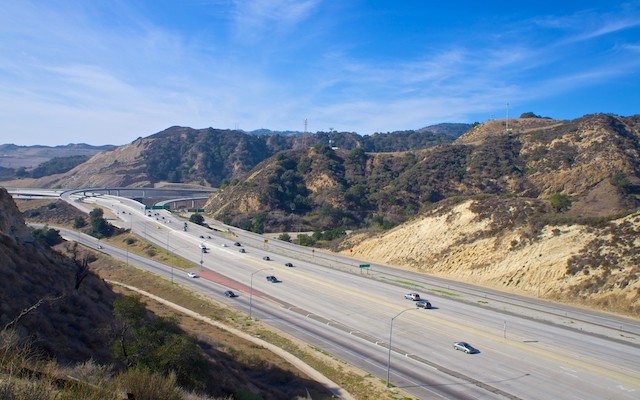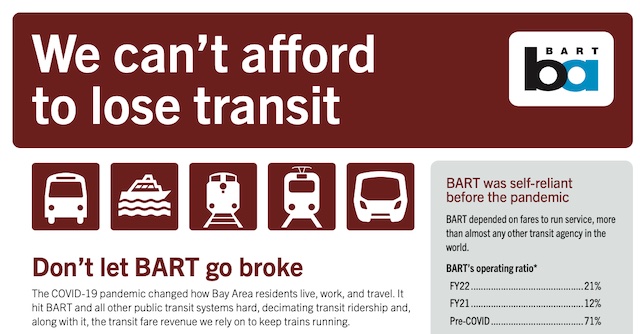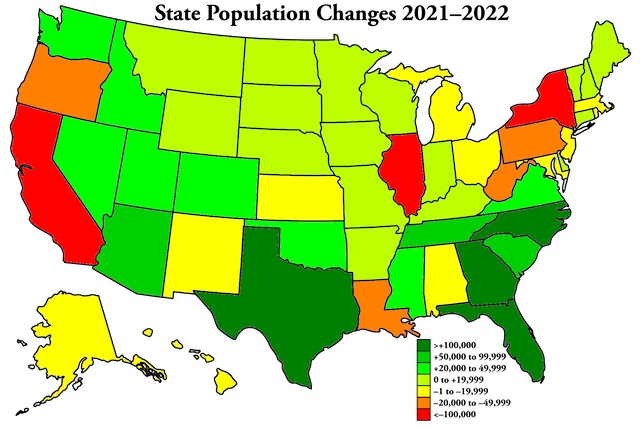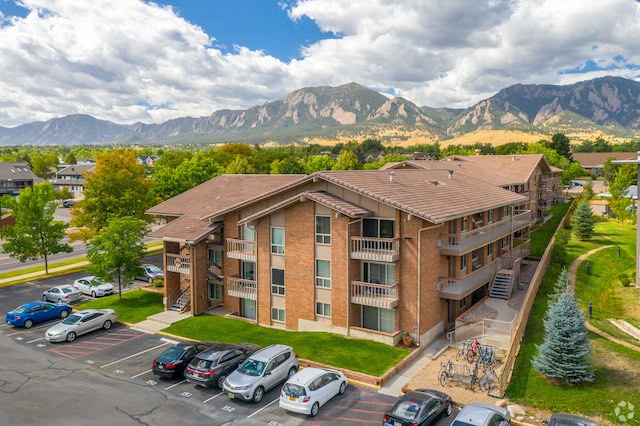A new paper from the Urban Institute and the University of California, Berkeley, is further proof, if anyone needs it, that more planning means less housing. Unfortunately, the authors of this paper failed to get this, as the paper praises states that have the most supposedly pro-housing laws even though those are the very states that have least affordable housing.
Click image to download a 1.6-MB PDF of this 30-page report.
A map on page 6 of the report shows how many laws various states have passed that “incentivize housing.” California, Oregon, and Washington lead the way with more than 10 such laws each. In fact, appendix A reveals that California has passed 56 such laws, far more than any other state. Needless to say, California has the least-affordable housing in the nation. Continue reading

